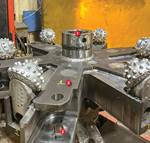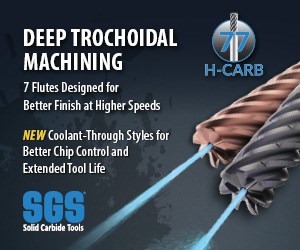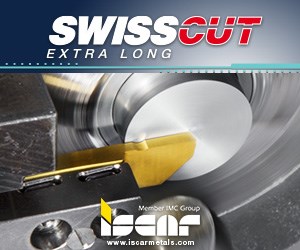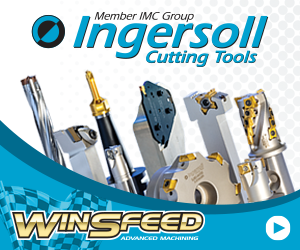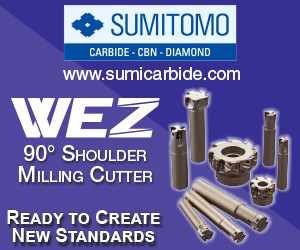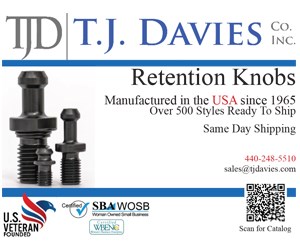Swiss-Type Hydraulic Chucks Clamp in Three Turns
Big Kaiser introduces hydraulic chucks for Swiss-type lathes, which is said to be the first improvement to this technology in more than 30 years.
Big Kaiser introduces hydraulic chucks for Swiss-type lathes, said to be the first Swiss-type tooling improvement offered by the company for in more than 30 years. These toolholders use a single wrench, enabling quick change of the cutting tools on a gang slide.
Often used for mass production of small items such as automobile parts, watch parts, medical parts, communication and digital equipment parts, Swiss-type lathes have many fixed and rotating tools operating in a narrow space, making it difficult to replace a cutting tool inside the machine. To minimize machine downtime and increase operator safety, the hydraulic chucks use a hex wrench that requires only 2 or 3 turns for both clamping and unclamping.
To maintain good repeatability, once a hydraulic chuck is centered, the runout does not vary, even if a cutting tool is changed repeatedly, according to the company. Runout of less than 3 microns at 4×D can be achieved. With clamping ranging between 4 and 8 mm, the chuck promotes high-precision cutting. The company says that the chucks are long-lasting and that rigidity is improved by the short projection length and dual pressure points. The chucks have a standard pipe thread for coolant-through connection and are available for Citizen and Star machines with ¾" or 22 mm straight shank.
Related Content
-
When Organic Growth in Your Machine Shop Isn’t Enough
Princeton Tool wanted to expand its portfolio, increase its West Coast presence, and become a stronger overall supplier. To accomplish all three goals at once, acquiring another machine shop became its best option.
-
Choosing Your Carbide Grade: A Guide
Without an international standard for designating carbide grades or application ranges, users must rely on relative judgments and background knowledge for success.
-
How to Reduce Cycle Times by 70% and More on Your Existing CNCs and Dramatically Improve Tool Life Too
By employing advanced high efficiency milling techniques for the entire machining routine, SolidCAM’s iMachining technology can drastically reduce cycle times while vastly improving tool life compared to traditional milling.


